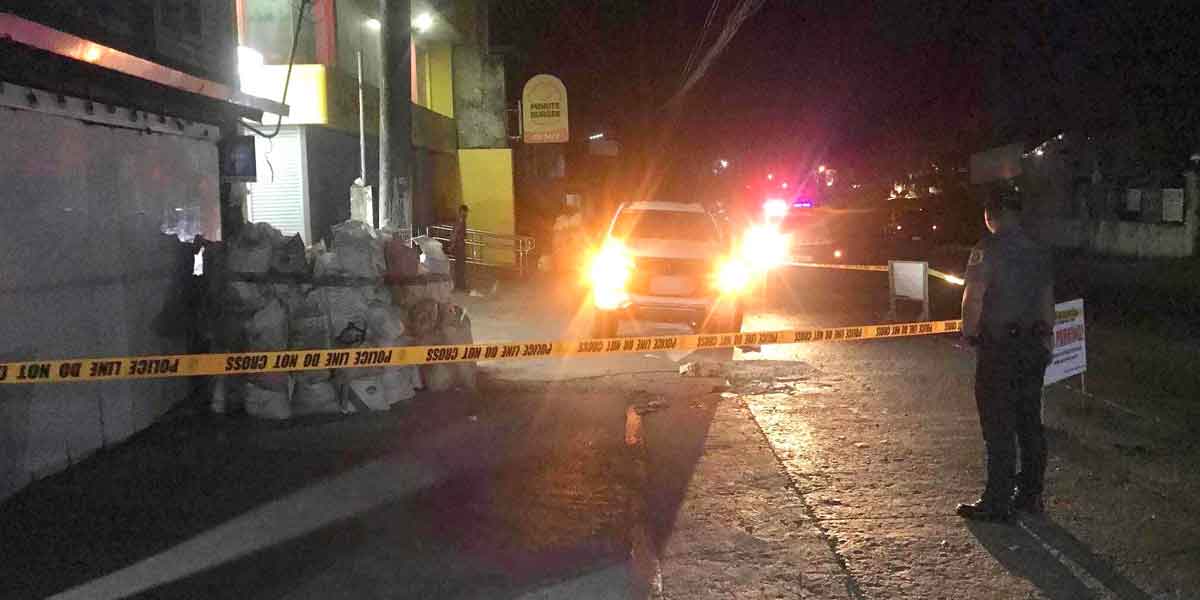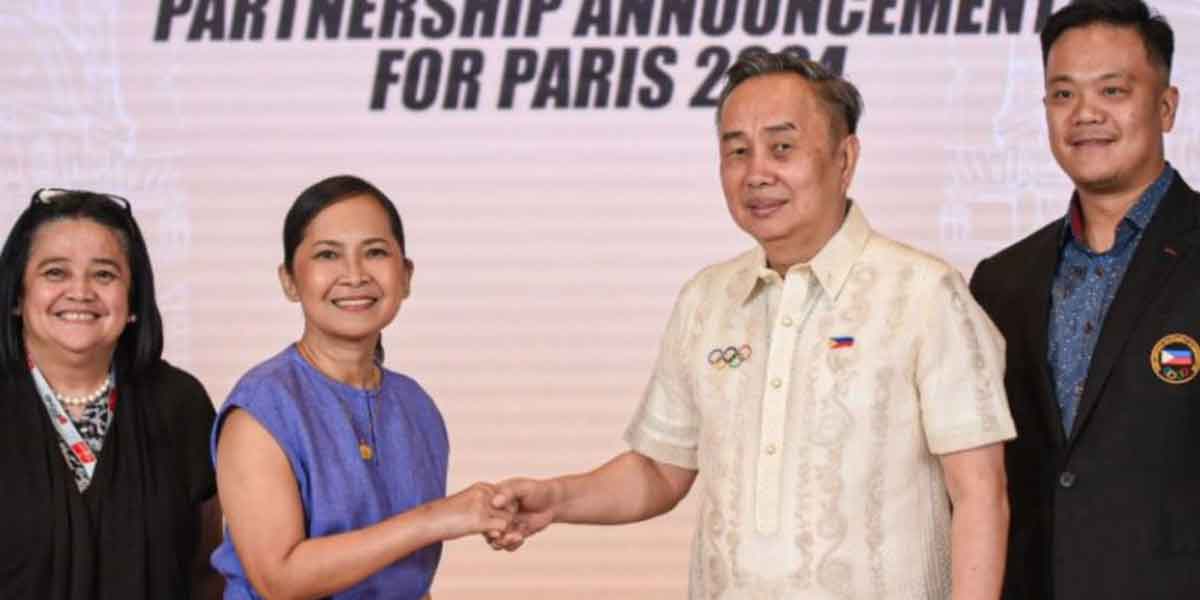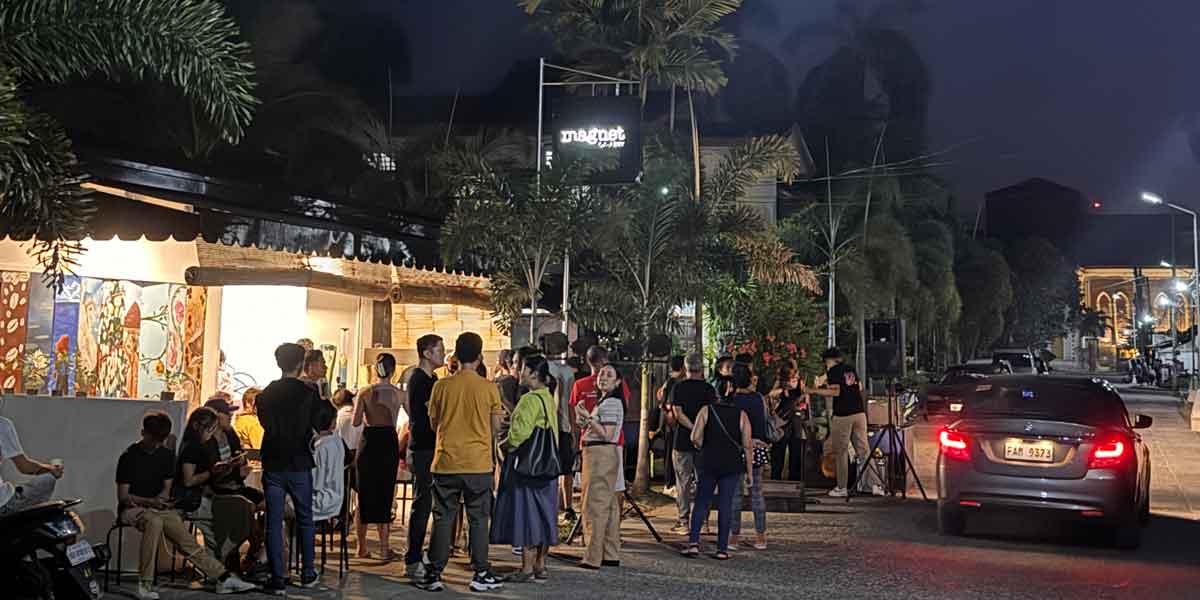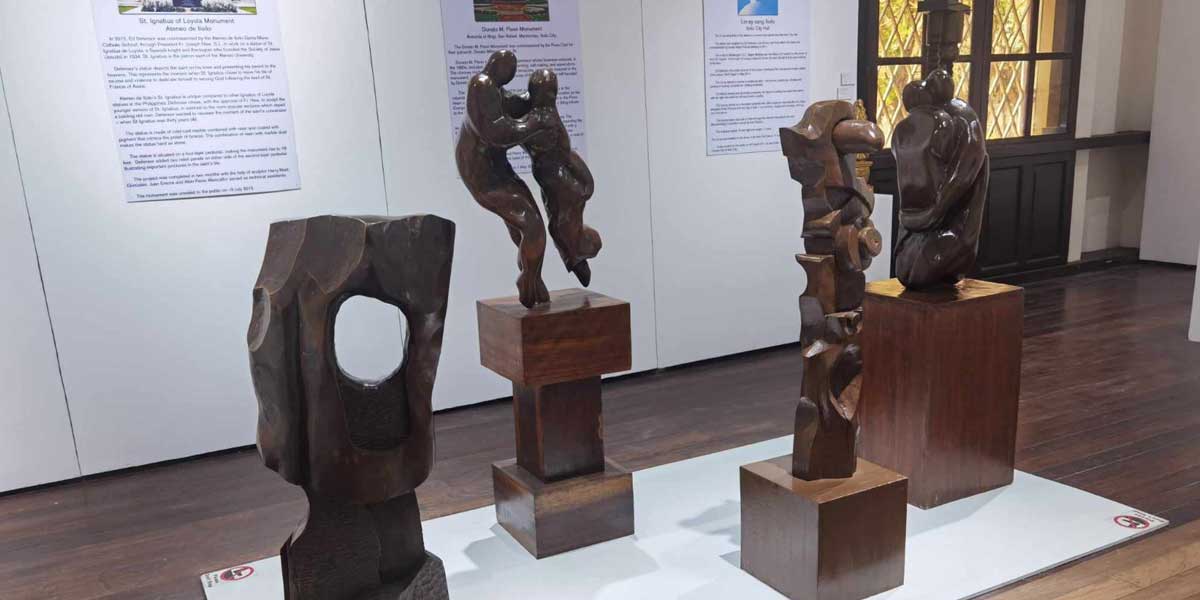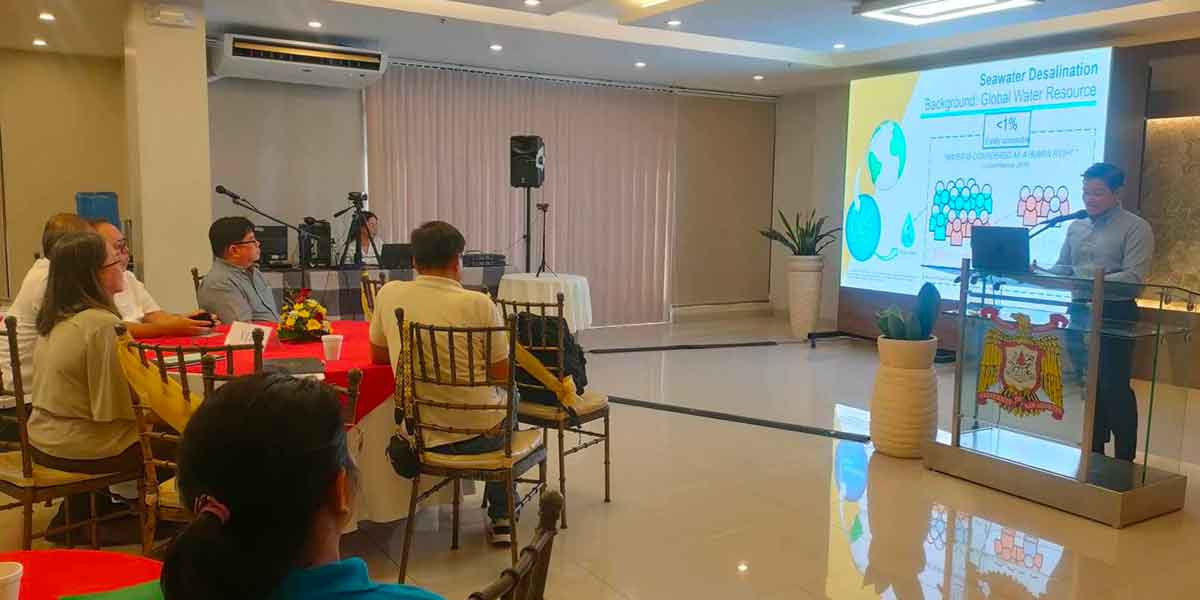Finance Secretary Carlos Dominguez III has called on organizations and other stakeholders promoting energy efficiency and conservation initiatives to revisit their current strategy of simply relying on fiscal incentives to implement their “green” projects, considering that climate finance should undertake a “blended approach” that involves grants, subsidies, and investments.
Dominguez also stressed that financial support in the form of these three funding sources should come from the world’s largest greenhouse gas (GHG) emitters and not be shouldered entirely by Filipino taxpayers who are already reeling from the worsening consequences of climate change triggered by carbon emissions.
“Those who polluted and continue to pollute the Earth’s environment through unthinking industrialization starting 200 years ago must pay for the grants, investments, and subsidies needed for the most vulnerable countries to adapt to climate change. This was our urgent call to global leaders during the United Nations (UN) Climate Change Conference,” Dominguez said in response to the written query of the Philippine Energy Efficiency Alliance Inc. (PE2) regarding the grant of fiscal incentives under Republic Act (RA) No. 11285 or the Energy Efficiency and Conservation Act.
In his letter to PE2 president Alexander Ablaza, Dominguez invited the organization to review his speeches on energy efficiency projects and climate change that were delivered during the recently concluded 26th UN Climate Change Conference of the Parties (COP26) in Glasgow, Scotland.
“As mentioned in these statements, climate finance should aspire for a sustainable orchestration of the three elements of grants, investments, and subsidies. It is not all about fiscal incentives,” Dominguez, who headed the Philippine delegation in the COP26 held recently in Glasgow, Scotland, said in his letter.
Dominguez explained that grants may be used to improve the capacity of local communities in climate-vulnerable areas to undertake adaptation and mitigation measures.
Such grants should come in the form of educational or technical assistance programs to help people conceive of, and execute localized projects, he said.
Investments, on the other hand, should focus on adaptation and mitigation programs, projects, and activities that are bankable and will yield high returns; while subsidies are meant to support initiatives leading to the transition to a climate-resilient economy, and address the financial costs and risks of such adjustments, Dominguez said.
Dominguez pointed out that the Philippines accounts for only 0.3 percent of the world’s GHG emissions, yet it bears the brunt of the consequences of the climate crisis as it is on the list of countries of highest risk for the worsening natural calamities brought about by rising global temperatures.
As for PE2’s request for the Fiscal Incentives Review Board (FIRB) to reclassify energy efficiency projects currently under Tier I in the Strategic Investment Priorities Plan (SIPP) as Tier III activities that are qualified for the longest period of incentives, Dominguez said he will defer to the decision of the Board of Investments (BOI) on this issue.
“The BOI shall review the current SIPP and consider recent developments in the industry using the criteria for investment priority determination. Based on this, they shall adopt reasonable and justifiable positions of the private sector and other related government agencies,” said Dominguez, who chairs the FIRB.
“Pending the formulation and approval by the President of the SIPP under the CREATE (Corporate Recovery and Tax Incentives for Enterprises) Act, the grant of incentives under the CREATE Act is limited to Tier I, without prejudice to an upgrade if qualified under the newly reformulated SIPP,” he added.
The 2020 Investment Priorities Plan (IPP) serves as the transitional SIPP while the new list of sectors qualified for incentives under CREATE is still being finalized.
During COP 26, Dominguez urged multilateral development banks (MDBs) to adopt a harmonized set of guidelines for vetting climate adaptation and mitigation projects, which will serve as the “seal of good housekeeping” to catalyze the flow of private sector capital that developing countries need to meet their objectives in fighting planet warming.
In formalizing this proposal through a letter jointly addressed to the presidents of the World Bank Group (WBG), Asian Development Bank (ADB), and the Asian Infrastructure Investments Bank (AIIB), Dominguez said this will allow the MDBs to “play a pivotal role in mobilizing the trillions of dollars in private sector financing available for climate adaptation and mitigation projects.”
MDBs can also set the standards for transparency and accountability in monitoring the climate change initiatives of developing countries to further assure private investors of the prudent use of the funds they have invested in these projects, said Dominguez.

